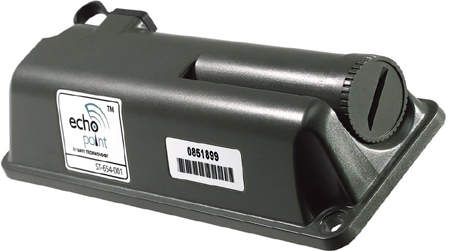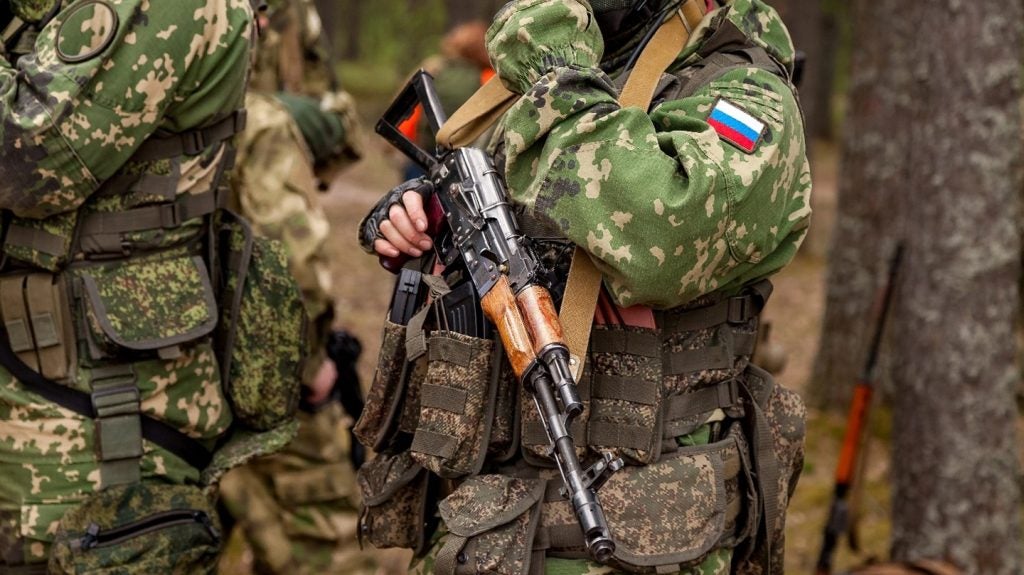
A ten-year, A$650m revamp of the Australian Department of Defence’s logistic system known as Joint Project 2077 (JP2077) aims to replace more than 100 existing systems with a single military integrated logistic information system (MILIS).
Phase 2C of the project, delivered in March 2007, automates stores tracking through the use of radio frequency identification (RFID) technology tags and readers.
The motivation for improving traceability began in the late 1990s when it became apparent that the Australian Defence Force (ADF) was struggling to track equipment shipments both inside Australia and overseas.
During operations in East Timor in 1999, soldiers were reportedly unable to locate parts and supplies that had been shipped in to support them.
After the 2003 Gulf War, General Peter Cosgrove observed: “We’ve still got to move hard to bring automation into our logistics system and make sure that we can support troops at the end of a very long pipeline.”
See Also:
In 2004, the Department of Defence was unable to finalise its annual report due to an A$800m inventory discrepancy, including A$200m in general stores. It was said that the gap was due to lack of visibility rather than theft or other issues. JP2077 aims to deliver that automation and visibility.
How well do you really know your competitors?
Access the most comprehensive Company Profiles on the market, powered by GlobalData. Save hours of research. Gain competitive edge.

Thank you!
Your download email will arrive shortly
Not ready to buy yet? Download a free sample
We are confident about the unique quality of our Company Profiles. However, we want you to make the most beneficial decision for your business, so we offer a free sample that you can download by submitting the below form
By GlobalDataMILIS
MILIS is based on a three-tier architecture. Tier one is a fixed, central capability within the national support base and supported with continuous communications. Tier two uses local servers deployed on ADF operations in areas with reliable if intermittent communications back to tier one. Tier three is highly mobile (e.g. laptop) and can be detached from tier one or tier two and deployed in areas with no communications for limited periods.
2C is the first phase of JP2077 to be completed. By the end of 2008, the core inventory system will be replaced; late 2009 will see the completion of the three-tier architecture; and the implementation of the remaining improvements will begin in 2010 (the procurement process has already begun). JP2077 may extend to 2017.
The RFID portion of JP2077 cost A$24m, and is being used to keep tabs on supplies being sent to Iraq. An Airbus A330 with a capacity of 18t flies weekly to the Middle East Area of Operations, and each cargo pallet or container carries an active RFID tag with the goal of improving the visibility of stores and assets across the operational supply chain in support of the warfighter.
Improving the visibility of items in the supply chain leads to a more accurate picture of the situation, and this in turn means supplies can be managed more accurately.
Improved accuracy means the commander in the field can have more trust in the supply chain, which can save lives.
RFID TAGS AND READERS
Tags are associated with stores items as they leave warehouses for the theatre, regardless of the mode of transport used. This is generally done at the pallet level, but multi-packs and critical items such as aircraft spare parts may be individually tagged.
Fixed RFID readers arranged in portal configurations read the tags as freight enters or leaves warehouses and distribution modes along the supply chain. Mobile readers are use at air terminals and certain other nodes in the chain.
The ADF selected tags and readers from Savi Technology to allow interoperability with allied forces. Savi’s military off-the-shelf system has been widely adopted for use in military supply chains, according to a Department of Defence spokesperson.
The contract with Savi was signed in August 2003 and the RFID project was completed in April 2007. The rollout covered 31 sites in Australia plus one overseas (presumably in Iraq), along with 60 field-deployable kits. Just over half of the RFID project’s budget went to Savi, according to Daryl Kendrick, managing director of Savi Technology Australia
At this stage, the interoperability is potential rather than actual. Australia, the US, Canada and the UK have a memorandum of understanding regarding RFID interoperability, but at this stage only the US and Australia have compatible and interoperable RFID systems.
In this context, interoperability means that a US RFID reader detecting an Australian tag would report its presence to the Australian system. Savi’s other customers include NATO and Spain.
“Additional opportunities to achieve interoperability with nations in our immediate region are also being explored,” a Defence spokesperson says.
ADF CARGO VISIBILITY SYSTEM
The project involved adding RFID tag data fields to the existing ADF cargo visibility system to enable data to be entered, and the installation of commercial auto-sync software so that data generated by the readers flows into the rest of the system. Savi and Department of Defence employees carried out the work, with additional support from contract staff.
Hendrick says Savi’s RFID equipment and software was designed for easy integration, as RFID is only of value when linked to other systems. Phase 2C did take longer than expected, with the first RFID tagged supplies leaving for Iraq more than a year later than originally planned.
All major Australian military sites are now equipped with RFID readers, but the focus is on overseas supply chains. One exception is the national support base, which does not use RFID but relies instead on the cargo visibility system.
The tags and readers supplied by Savi are designed to cope with adverse conditions, and can operate for months on end in temperatures of 50°C.
The active RFID tags used in defence applications have a much greater read range – up to 100m – than the passive tags more commonly used in commercial applications.
The contract included hardware, software and services such as installation, training and documentation. “[The ADF] had a fully operating system,” says Kendrick.
RFID SYSTEM SUPPORT
Issues affecting the use of the system in the field include ensuring the infrastructure is in place and sufficient bandwidth is available, a defence spokesperson says, along with providing initial and ongoing training for personnel and embedding
robust processes and procedures. The ADF’s integrated logistics support process takes care of these issues, the spokesperson added.
No specific problems arose during the rollout in Iraq, which was done in two phases over ten weeks. The Iraq deployment “successfully demonstrated the benefits of the system,” the spokesperson said.
Savi is looking forward to an ongoing relationship with the Australian Department of Defence, including the supply of additional tags and field-deployable reader kits.
Kendrick also mentioned that the ADF could purchase other types of tag, such as devices capable of monitoring temperature for use with perishable goods such as food and pharmaceuticals.
Further developments could include the use of RFID to trace individual items rather than pallets or containers, but that would necessitate the use of cheaper tags for such a project to be financially viable.






